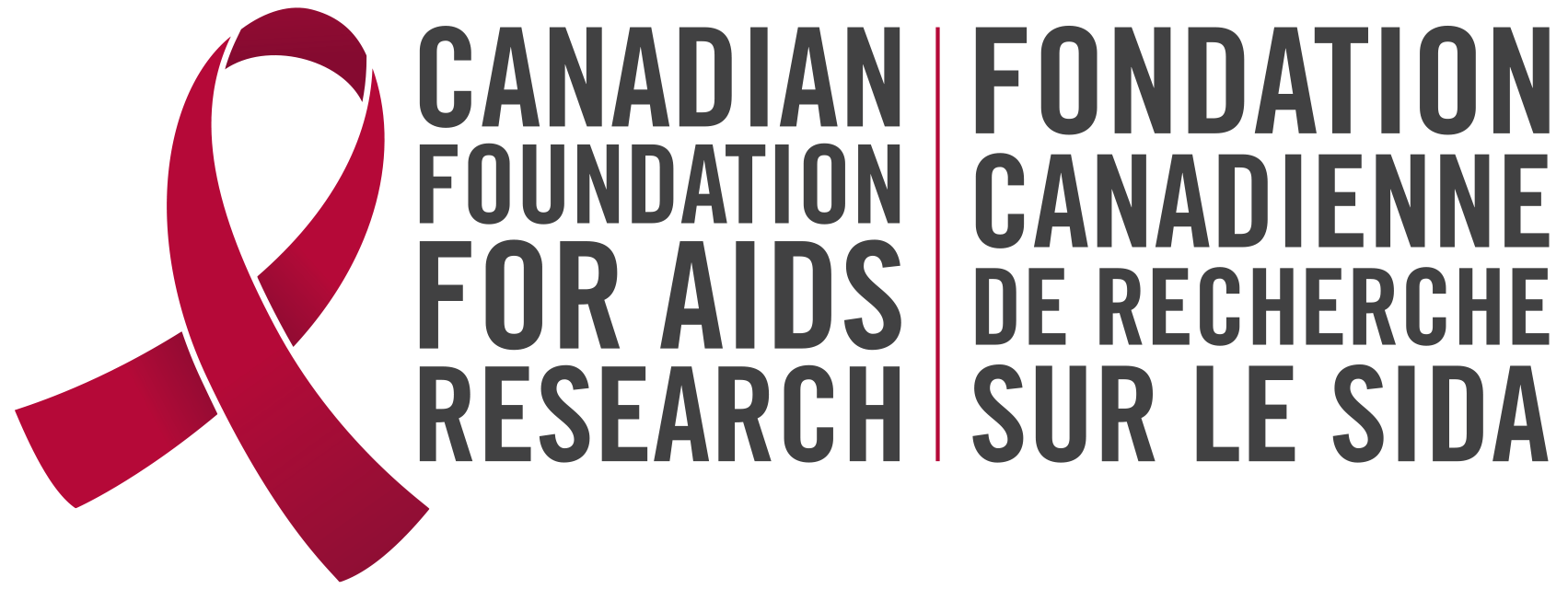We spoke to Julie Thomas, Program Manager at Healing Our Nations, about the impact HIV stigma has on rising rates in communities from coast-to-coast.
After nearly two decades at Healing Our Nations, Julie Thomas is intimately aware of the role HIV stigma plays in HIV prevention, testing and treatment. She sees it among the 33 First Nations that HON serves, and hopes that in time, more communities will bring the HIV epidemic to light.
Here are five takeways from our conversation with Julie…
“What I’m seeing with HIV in Atlantic Canada is people have stopped talking about it. You know, there used to be conversations about it. People used to not be afraid to talk about it. But now what I’m seeing is that the conversations have stopped about HIV, and that’s something that we definitely need to bring back and bring forth. Our numbers are not as large as West[ern provinces], but that doesn’t diminish the fact that Indigenous people [in Atlantic Canada] are still being affected by HIV and the virus is still being transmitted.”
“This is just my opinion, but in Atlantic Canada, the stigma is strong against HIV because [people] feel that it is a death sentence and… they just don’t understand HIV. If people understood HIV and they understood the virus, I think that they would start talking about it more and start spreading the word about it and [looking for] more prevention.”
“[Some] misconceptions that I hear in Atlantic Canada, not only in First Nations communities but outside of First Nations communities, is that HIV is a virus that as soon as you get it, you’re dying. People don’t understand that there are medicines and treatments, and there’s other things that can help you live a long and very active lifestyle.”
“The different types of stigma related to HIV [include] institutional stigma, where there’s a doctor who might be afraid to service somebody who is living with HIV through lack of knowledge. Public stigma is another one, which is a lack of knowledge, but it’s there because people don’t understand the virus and they think it’s targeted towards one population. The other stigma that’s most important is people who are living with HIV and the stigma that they have on themselves. The [internalized] stigma that they feel is because people don’t want to be around someone living with HIV.”
“When there’s so much stigma around HIV, it actually can break a person down and hold them back from having a loving relationship or a partner because they’re so fearful of opening up to somebody.”
